New Zealand has been concerned for some time now about the lack of an agreed structure regarding Māori responsiveness. Bishop, & Glynn, (1999) suggests that there needs to be more curricula opportunities that link to meaningful experiences. Effective teaching and learning needs to support Māori achievement and adopt the current pedagogic practices.
Indigenous Knowledge. 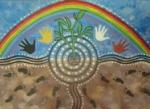
If we can look through a cultural lens and not leap to assumptions regarding other people’s cultures, but stay mindful and acknowledge estranged cultural practices in our day-to-day practice, then we may better interact and celebrate others ethnicities, Shaw (2013).
Indigenous Knowledge includes the understandings of ethnicity, gender, beliefs, faith, race, and traditions. It is also vital to acknowledge the social, physical and spiritual practices which have informed people’s survival and influenced their sense of belonging in the world. However in order to apply a cultural lens and promote cultural responsiveness, schools ought to monitor student attendance, adopt school-wide practices for assessment, review student achievement data, set goals, initiate relationships with whanau and raise the expectations for achievement, Villegas & Lucas, (2002). In order for this to happen learning needs to be student-centred and cultural strengths need to be identified and nurtured. I agree that in being a responsive practitioner I should quickly identify the students within my class with cultural orientations and discover how they might best learn.
Our New Zealand curriculum acknowledges Indigenous Knowledge and supports the principles of the Treaty of Waitangi , also the bicultural foundations of Aotearoa New Zealand. All students in Aotearoa have the opportunity to obtain knowledge of Te Reo Māori me ona Tikanga. A culturally sensitive school relies heavily on communicating and receiving information with the intent to deepen ones understanding. We ought to celebrate and embrace indigenous knowledge and customs while still cultivating equitable access for learning, Ministry of Education (2011). Keeping in mind that helping students construct and apply new knowledge generally happens through the process of trial and error, Brown (2007).
Relevant Teaching
My school welcomes and accepts “Culturally Relevant Teaching”, we integrate our students background and prior knowledge. My school’s vision and core values encourage community participation also allowing families to speak in their own language at community meetings. In addition we send home newsletters or documents in the student’s home language. My school is also fortunate to provide Maori immersion classes. My school is committed to providing Kaupapa Mäori and Te Reo Mäori me ona Tikanga. We have bilingual, bicultural tauira to strengthen learners tino tangatiratanga-ihi, wehi, mana, tapu, mauri, Freemans Bay School (2016). We have a strong focus on integrating authentic learning experiences such as Kapa Haka performances, cultural festivals and art presentations. I understand cultural teaching to be a journey towards equity and inclusivity.
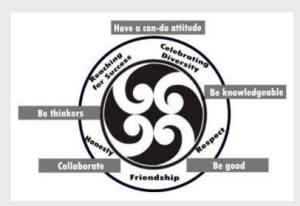
Figure 1 Learning for Sustainability Freemans Bay Primary School
Authentic Planning and Assessment

Figure 2 Authentic Planning and Assessment
This graphic model on Principles of Culturally Relevant teaching can be incorporated into any classroom. The primary purpose for authentic assessment-for-learning is to motivate students and help them progress. With this in mind, schools need to consider how they will give feedback, gather, analyse and use assessment information so that learning is effective and relevant.
Planning and assessment follows curriculum objectives and school wide policies. Assessment helps teachers to clarify next steps and desired outcomes. Schools also use assessment information as the basis for changes to policies, programmes or changes to teaching instruction, as well as reporting to parents and the board of trustees, The Ministry of Education (2007).
Essentially I need to be continually looking through a socio-cultural conscious lens and further deepening my knowledge of subject matter, curriculum, resources and offer stimulating learning experiences. However the most important component is to identify the varied cultural student ethnicities within my class and then form authentic relationships, which in turn helps them integrate with the whole.
References:
Brown, M.R. (2007). Educating all students: Creating culturally responsive teachers, classrooms, and schools. Intervention in School and Clinic
Freemans Bay Primary School (Waiatarau). Freemans Bay School Strategic Goals 2013 – 2016. N.p., 2013. Web. 24 Oct. 2015. http://www.freemansbay.school.nz/upload/usermedia/files/11196/freemans%20bay%20school%20strategic%20goals%202014%20to%202016.pdf
Glynn, T., Cowie, B., Otrel-Cass, K., Macfarlane, A. (2010). Culturally responsive pedagogy: Connecting New Zealand teachers with their Maori students. Australian Journal of Indigenous Education.
Bishop, R., & Glynn, T. (1999). Culture Counts: Changing power relations in education. Palmerston North, N.Z.: Dunmore Press Ltd.
file:///C:/Users/larissab/Downloads/Culture+and+Assessment+for+Maori+in+NZ+Education.pdf
Minisrty of Eduaction. (2007). School Curriculum Design and Review. The New Zealand Curriculum to School Curriculum. file:///C:/Users/larissab/Downloads/Design_and_review.pdf
Ministry of Education. (2011). Tātaiako: Cultural Competencies for Teachers of Māori Learners. Wellington: Ministry of Education. Retrieved 24, October, 2015 from, http://www.minedu.govt.nz/theMinistry/EducationInitiatives/Tataiako.aspx
Villegas, A.M., & Lucas, T. (2002). Preparing culturally responsive teachers: Rethinking the curriculum. Journal of Teacher Education. https://www.edu.gov.on.ca/eng/literacynumeracy/inspire/research/CBS_ResponsivePedagogy.pdf
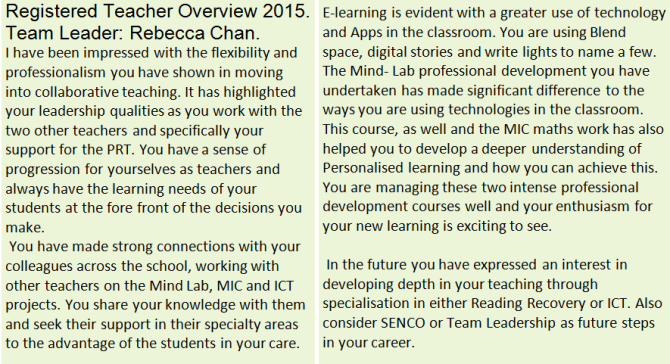
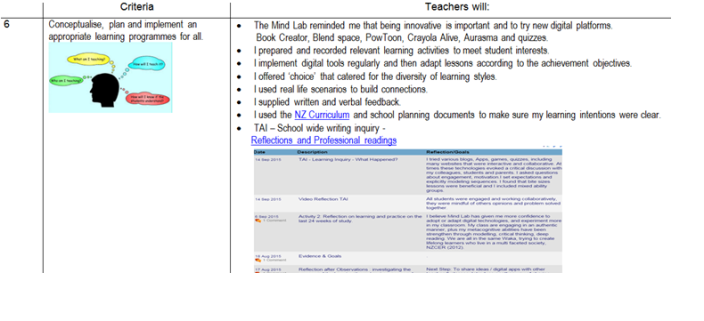
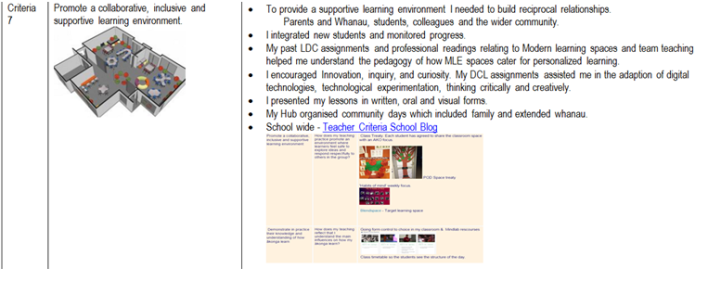





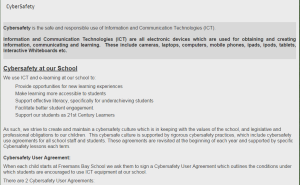
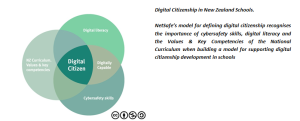
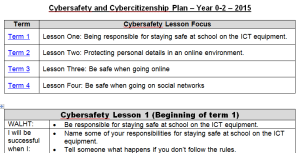
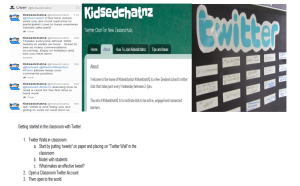
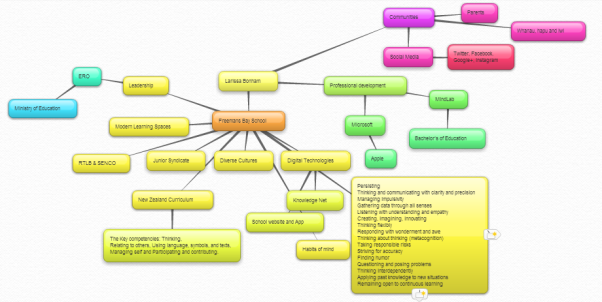
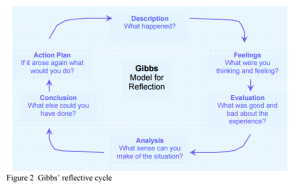
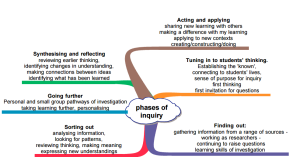

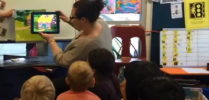
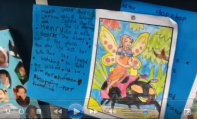
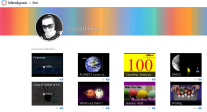
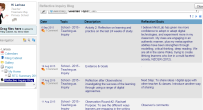
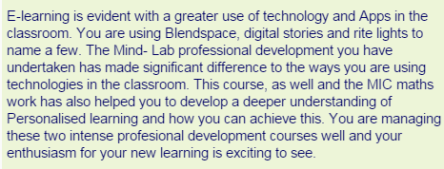 Chan, (2015).
Chan, (2015).
Recent Comments